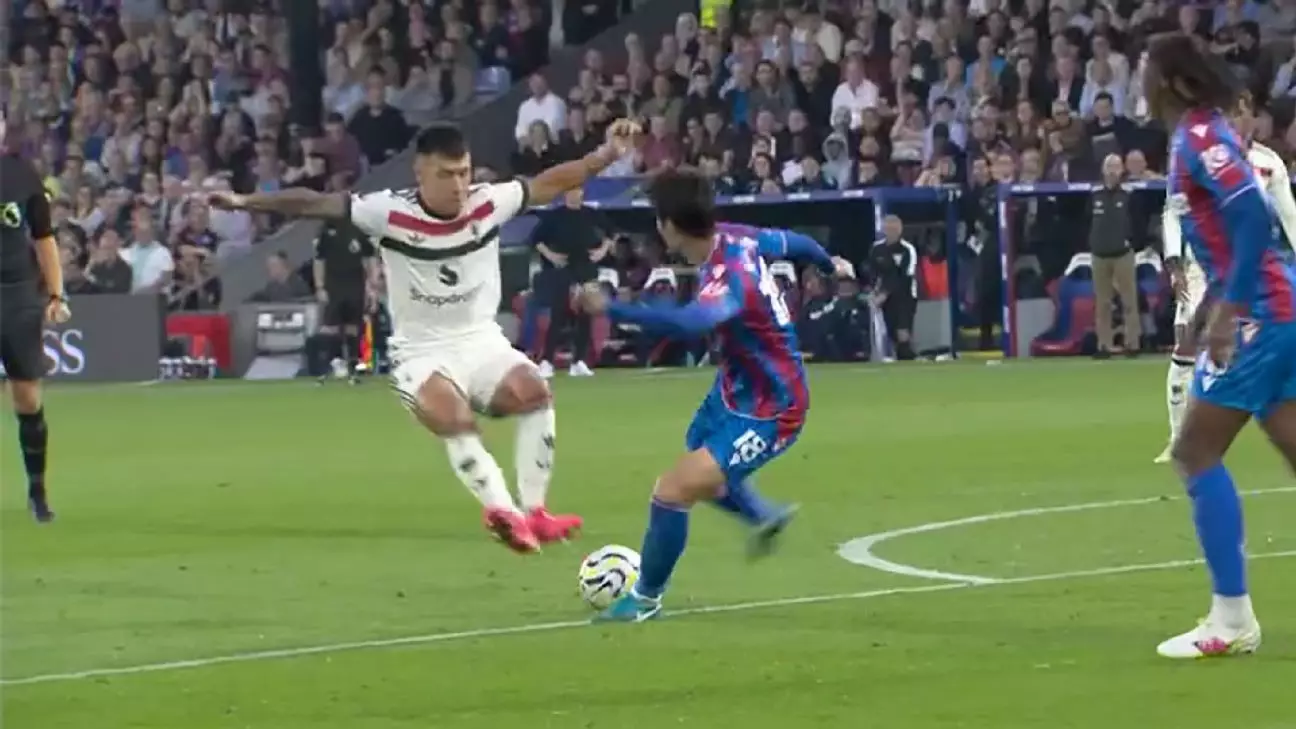The introduction of Video Assistant Referee (VAR) in the Premier League has created a whirlwind of discussions and controversies each week. Fans, players, and pundits alike are often left debating whether the decisions made on the field are indeed justifiable. This article will delve into recent contentious VAR decisions made during Premier League matches, analyzing both the incidents that sparked debate and the underlying protocols guiding those decisions.
At its core, VAR aims to improve the accuracy of officiating by reviewing critical moments that could impact the outcome of a match. However, this technology does not operate in isolation; it functions strictly within the framework of the Laws of the Game. The system is designed to review four types of incidents: goals, penalty decisions, direct red cards, and mistaken identity with respect to yellow or red cards. Yet, the interpretation of these laws often leads to significant gray areas.
For instance, in a recent encounter between Manchester United and Crystal Palace, defender Lisandro Martínez found himself in a precarious position as he challenged opponent Daichi Kamada—a scenario that highlights the contentious nature of VAR decisions. While the referee issued a yellow card for a two-footed tackle, VAR opted not to intervene, concluding that there was no contact made. This conclusion invites scrutiny, as many observers consider the act of jumping in with two feet to be endangering an opponent, regardless of tangible contact. Such discrepancies prompt the critical question: how can the spirit and intent behind the laws be reconciled with on-field decisions?
Handball incidents continue to dominate discussions in the Premier League, largely due to the evolving interpretation of what constitutes an infringement. In a notable match featuring Arsenal and Manchester City, a situation arose where a ball seemingly grazed the arm of players Maxence Lacroix and Jefferson Lerma following a free-kick, yet no penalty was awarded. The VAR’s rationalization was that players had their arms in natural positions, rendering any involvement as inadvertent.
This incident underscores the question of whether VAR has applied a consistent standard across several matches. Premier League officiating has seen a shift towards a less stringent approach to handball, a change that could lead to more controversies if not properly defined. The balance between fair play and the natural spontaneity of a game presents a constant challenge for match officials and VAR alike.
Goalkeepers are often afforded a certain degree of protection on the pitch, particularly in scenarios involving physical interactions. However, the interpretation of what constitutes unlawful interference has produced varying outcomes. In another review involving Arsenal’s goal against Manchester City, the question arose whether Gabriel Magalhães fouled Ederson during a corner kick scenario. VAR ruled the goal valid, leaning on the notion that the contact was intrinsic to football play.
This decision paints a broader picture of the inconsistencies faced by goalkeepers in the Premier League. Past judgments indicate a pattern in which goalkeeping interference is often deemed “normal contact,” but when is physical contact permissible? The debate pivots on whether goalkeepers, in their own right, should first assess their positioning, especially when leaving their goal line. The rights and responsibilities of goalkeepers create a complex dynamic, one that could benefit from clearer guidelines.
Another intriguing incident occurred in a West Ham United game, where a penalty appeal was denied after player Crysencio Summerville was allegedly held by Chelsea’s Wesley Fofana. Referee Sam Barrott was unmoved by the appeals, and upon review by VAR, the decision stood. The rationale given was that the holding was brief and did not meet the threshold for a foul.
This situation illustrates one of VAR’s key challenges: the subjectivity that remains in football. Despite its best efforts to standardize decisions, varying interpretations lead to contrasting outcomes. The debates about this incident echo earlier VAR controversies, where similar scenarios yielded divergent conclusions based on the match referee’s perception at that moment, raising concerns about accountability and consistency.
As the current Premier League season unfolds, it is evident that VAR will continue to influence match outcomes and incite heated debates. While its introduction was aimed at enhancing fairness and accuracy, the reliance on subjective interpretations has led to widespread criticism and frustration among fans and stakeholders.
Moving forward, clear communication regarding the implementation of VAR and the underlying principles guiding these decisions will be crucial. Stakeholders such as the Premier League and PGMOL must acknowledge the need for continual education and training for referees to reduce variability and increase the level of transparency in officiating. Only then can football enthusiasts genuinely feel that the integrity of the game is preserved, and that VAR serves its intended purpose, rather than a source of division and contention.

